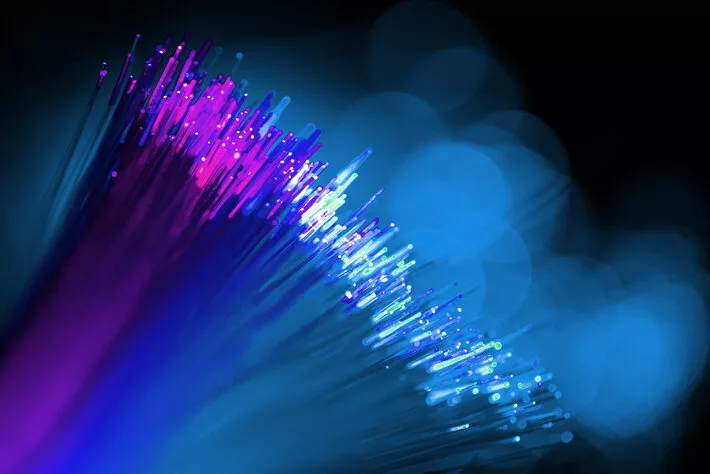Nokia and SURF, the collaborative organisation for IT in Dutch education and research, have reached a single carrier 800Gb/s optical transmission over SURF’s existing cross border, multi-vendor research and education network infrastructure.
The transmission, based on Nokia’s photonic service engine technology, will help accelerate the data exchange between the CERN particle accelerator and the NL Tier-1 (NL T1) research IT facilities at SURF and Nikhef, the Dutch National Institute for Subatomic Physics. By reaching 800Gb/s per channel on older fibre varieties, Nokia and SURF prove that existing infrastructure still has potential, and that legacy optical fibres can be used to meet future capacity demands of the data streams generated by international scientific research instruments.
The trial was conducted over a 1648 km point-to-point fibre link connecting Amsterdam and Geneva, crossing Belgium and France. The fibre link is part of the SURF-network, which connects national research and education institutes in the Netherlands, such as Nikhef. Additionally, the SURF-network is also well connected to other research networks and experiments worldwide, including the LHC Optical Private Network (LHCOPN). The LHCOPN provides access to data at the Large Hadron Collider (LHC) at CERN. For this trial, CERN, Nikhef, SURF and the ATLAS LHC experiment have collaborated to include real production workflows that are expected when the High-Luminosity Large Hadron Collider (HL-LHC) is operational.
SURF is preparing its network for CERN’s LHC upgrade to the HL-LHC that will become operational in 2029. The discovery of the Higgs boson by the LHC has already influenced the world’s understanding of the universe. Expectations are that the future HL-LHC will reveal even deeper insights into the fundamental building blocks of the cosmos. This upgrade will not only provide more insightful research results and improve the potential for discoveries, but it will also produce amounts of scientific data. The HL-LHC is expected to generate data at a rate of five times the speed of its predecessor. Therefore, it depends on advances in SURF’s high-performance network, as demonstrated in this trial, to enable fast and reliable data transfer to the NL T1 for further scientific exploration.
Nokia’s sixth-generation super-coherent Photonic Service Engine (PSE-6s) was deployed on the Amsterdam-Geneva link, in combination with SURF’s line system with equipment from a third-party on an older fibre link. It showed that the partners were able to achieve 800Gb/s transmission using 16QAM-shaped PCS modulation. Together, Nokia and SURF demonstrated the capacity and performance of their solutions, as well as the potential for SURF to increase the capacity and efficiency of its existing network. By focusing on the testing of new technologies with various suppliers, and through the adoption of advanced technology in its network, SURF ensures optimal service and support for the innovative, data-intensive projects of its research partners.
Ron Augustus, the chief innovation officer and member of the board at SURF, said, “We are proud to collaborate with Nokia and Nikhef in this successful innovative trial that pushes the limits of our existing fiber and shows us what is possible. This trial is an important milestone for us as we prepare our network for the future demands of scientific research and education, including the upgrade of CERN’s particle accelerator. By emphasising testing and the adoption of advanced technology, SURF ensures optimal service and support for its research partners’ innovative, data-heavy projects and applications.”
James Watt, a vice president and general manager of optical networks at Nokia, said, “Groundbreaking test events like this show how networks can play an essential role in initiatives that help unlock the secrets of the universe and the role they play enhances our ability to learn and grow as a civilisation. This trial is a testament to the innovation, collaborative spirit and leadership of both Nokia and SURF in the optical networking space. We are committed to helping SURF prepare its network for the upgrade of CERN’s particle accelerator and look forward to working with other research and education networks around the world to advance their missions and enable cutting-edge discoveries.”
Comment on this article below or via X: @VanillaPlus






